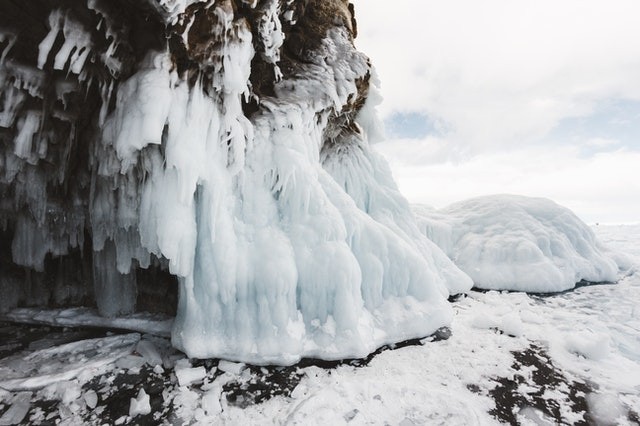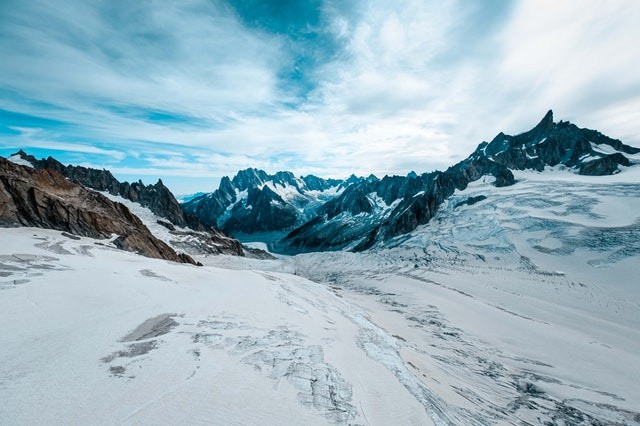The wintry weather that has damaged the southern part of the United States and parts of Europe could be a result of the erratic effect of climate change. Associating climate change with a rare winter storm that has mutilated swaths of Texas and brought cold temperatures across the southern part of the United States can seem illogical.
Rapid Heating of the Arctic
But according to scientists, there is proof that the rapid heating of the Arctic can help push stony air much further south from the north pole, and possibly to the border of US-Mexico.
A blast of winter weather has entered deep into the heart of the United States this week, leading to several deaths and put out the light for over 5 million people. Oklahoma and Arkansas have been battered with sleet and ice, while many people have been left stranded, in the midst of insecure travel conditions, in homes with no electricity.
Judah Cohen, the director of seasonal forecasting at Atmospheric and Environmental Research said that "the present conditions in Texas are historical, clearly generational, but this cannot be hand-waved away as if it is entirely natural. This is occurring not in spite of climate change, it is in part due to climate change."

Symptom of Heating In the Arctic
Cohen co-authored a paper last year that found a strong boost in winter storms in the north-east of the United States in the decade leading up to 2018. Cohen and some other researchers argue that this is a symptom of heating in the Arctic, taking place at a rate more than twice the global average, affecting long-awaited climatic systems.
Cold air is regularly stuffed around the north pole in the polar vortex, a place with low pressure that spreads in a tight formation in the stratosphere during winter. This circulation is likened by researchers to a humming top, one that can ramble if it is interfered with.
Scientists say this interference is materializing through changes to the jet stream, a band of strong winds that muffle around the globe at a lower elevation than the polar vortex.
Over the past month, this occurrence has shown itself to a dramatic degree, with a splitting of the polar vortex which helps cause huge snow flurries in Europe as well as record cold temperatures in parts of the United States that is more accustomed to soothing winters.

Relationship Between Arctic Heat and Cold Weather
Jeniffer Francis, a senior scientist at Woodwell Climate Research Center who has studied the issue said "I would say the situation this winter is consistent with research that has connected what is happening in the Arctic with extreme weather patterns in the mid-latitudes. The polar vortex can extend, stretch into different shapes, and even split. We have seen very big destruction this year."
There is no agreement among researchers over the relationship between Arctic heat and cold weather moving south. Francis calls the theme "The active area of research."
Global warming is inducing warmer winters, and cold temperatures are now being surpassed by hot temperatures, but the interplay of climatic conditions still needs further investigation.
RELATED ARTICLE : Biggest Snow Storm in 129 Years Hits Northeastern United States Including New York
For more news, update about arctics and similar topics don't forget to follow Nature World New!
© 2025 NatureWorldNews.com All rights reserved. Do not reproduce without permission.






